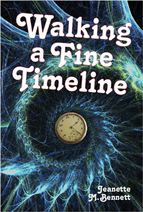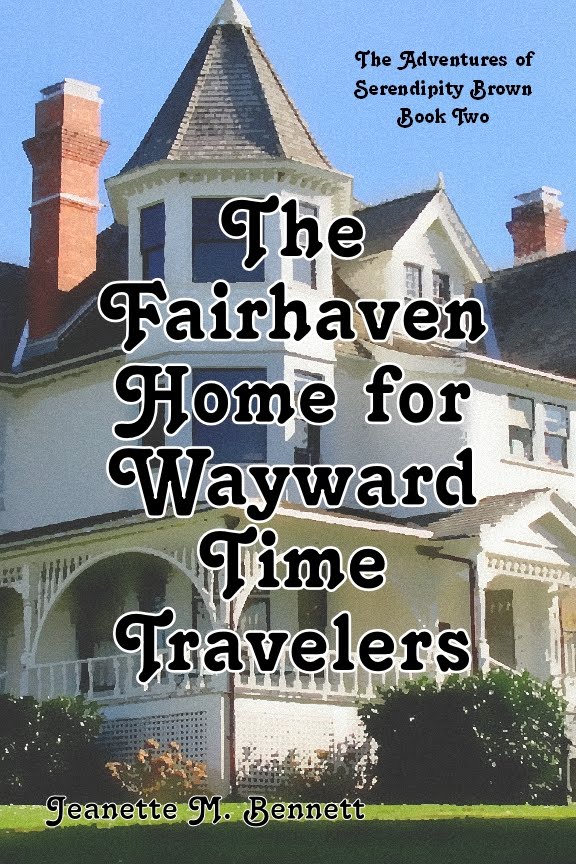American history teaches that the Puritans brought religious freedom to the New World. Pish-posh! That distinction goes to Rhode Island and not Massachusetts. Let me explain.
 |
| Cromwell Shilling |
Even so, the Puritans had a lot of silly laws trying to reform the morals of a lot of people who didn’t feel they needed reforming. After five years of rule, Cromwell died before he could be kicked out. King Charles’ son, King Charles II was brought out of exile and given back the throne. He was a silly fop, but he wasn’t a ruthless dictator, so everyone was much happier.
Everyone except the Puritans, who didn’t feel Cromwell went far enough. They decided the Church of England was beyond help and broke away. In fact they decided England was just too unholy and left to establish their own little piece of heaven in Massachusetts.
 |
| Puritan punishments for minor offenses |
One of these dissenters was a chap named Roger Williams. His argument was that there should be a separation of church and state and that there should be religious freedom. He also believed that Native Americans were people and should be dealt with fairly. For this blasphemy, he was put on trial in 1635 and convicted of sedition and heresy and banished. (This was later repealed by the Massachusetts courts in 1936--a bit too late to do Williams any good.)
 |
| Roger Williams with friends |
Perhaps it’s this “dissenter” tradition that made Rhode Island the very first state to declare independence from England on 4 May 1776, two months before the Declaration of Independence. It also was the last state to ratify the Constitution of the United States. Rhode Island only agreed after the other states threatened to declare it a foreign nation and tax it’s exports.
Rhode Island is the smallest state, but it is in fact two even smaller colonies that agreed to merge in 1644. It’s official name is “Rhode Island and the Providence Plantations.” (In 2010, the populace voted 78% in favor to keep the name. Perhaps because Providence is not only the Capital, but the largest city in Rhode Island.)
 |
| 1895 map of Rhode Island |
Ironically, in 1774, Rhode Island passed the first anti-slavery bill in the United States, making it illegal to import slaves into the state. In 1784 a bill was passed to gradually emancipate the state’s slaves. Many of the freed slaves stayed. Their descendants now are mostly domestics or factory workers, but some are successful merchants and artists.
The economy since mid-century, has shifted from maritime to manufacturing. Providence can boast some of the largest manufacturing plants in the country. The major industries are machinery, tools, silverware, costume jewelry and textiles. This has brought in a wave of immigrants from Ireland, Germany, Sweden, England, Italy, Portugal, Cape Verde, French Canada, as well as other countries. The population in 1840 was 23,171. Now in 1890 it is 132,146.
 |
| Market Square looking east circa 1890 - Providence, R.I. |




















